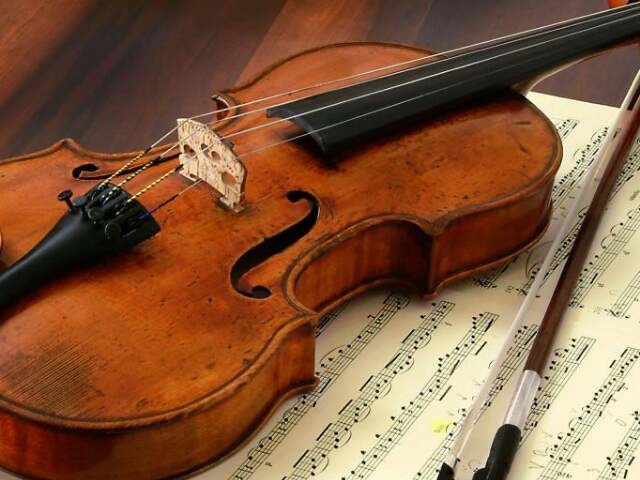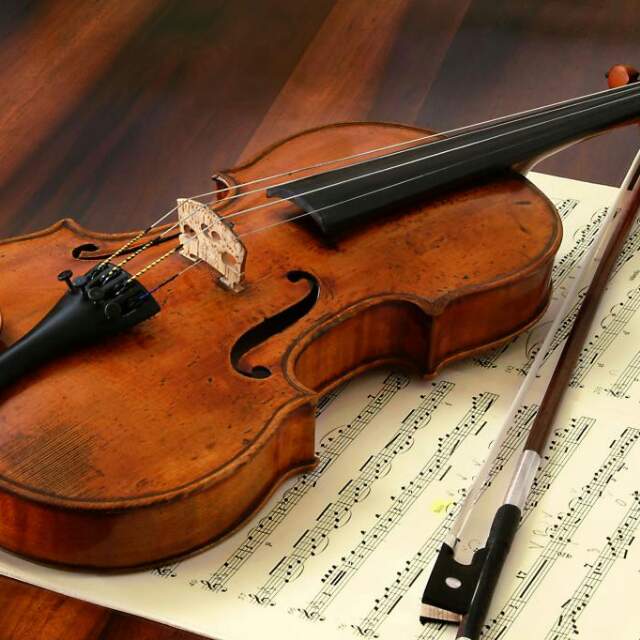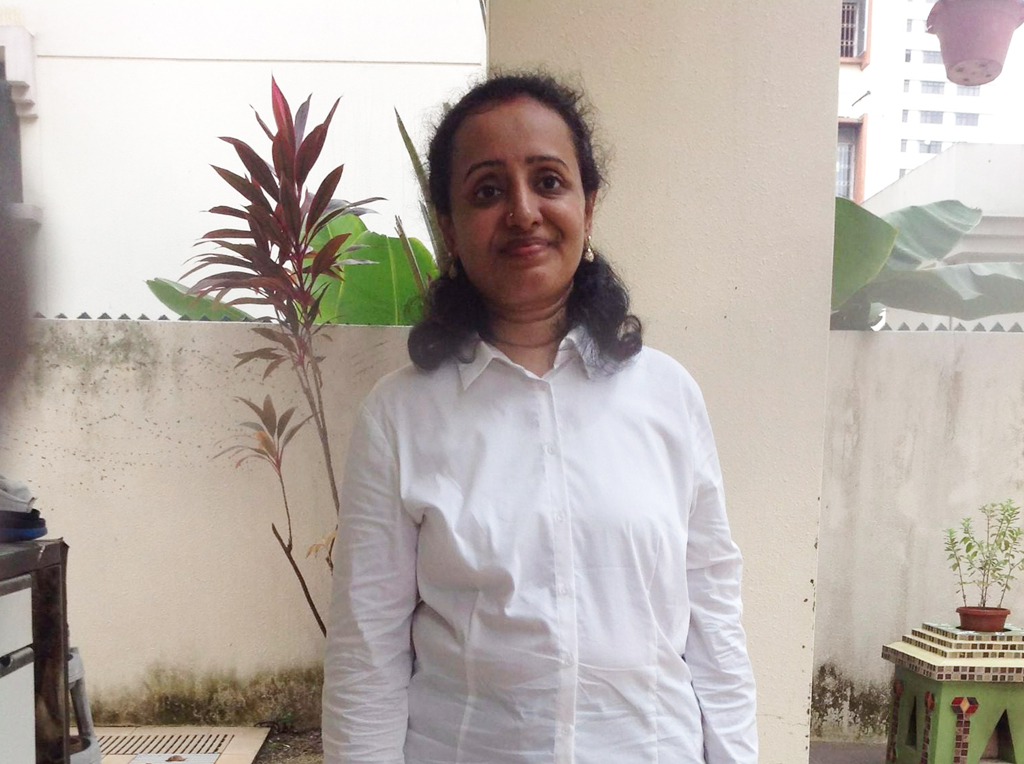Dr Radhika Jaidev
References to musical instruments and dance in Sangam Literature
The Yal (also spelt Yazh) or string instrument was present in all of the cultures in the various regions. We know about this ancient instrument mostly from a comprehensive text entitled Yazh (Yal) Nool on ancient musical instruments during the Sangam period by Swami Vipulanda. These stringed instruments, or chordophone, belonging to the harp family, were usually shaped like a bow but the number of strings on them varied. The Yal Nool refers to six different types of yal- Vil Yal, Peri Yal, Ceeri Yal Cenkotti Yal, Cakota(Sakota)(Fig. 12) Yal and Makara Yal (Fig. 13). There are innumerable references to the yal in various texts such as the Tolkapiyam, Ramayana, Perunkatai, etc. Similarly, reference to wind instruments such as Kulal or Vankiyam as it was called then, made from bamboo and played by the shepherds and/ or cowherds in the Mullai regions can be seen in the text Perumpanarrupata. References to percussion instruments (Figs. 14 and 15) in all five regions in several texts including the Silappatikaram which was written towards the end of the Sangam period, sometime in the second century CE can also be seen.
Anklet’- Kannagi, the key protagonist of the poem, avenges the wrongful beheading of her husband Kovalan by setting fire to Madurai where they lived (Fig16 ). In this epic poem, the poet Illango Adigal has devoted a whole chapter to describing the dance Arangetram (debut stage performance) of Madhavi, one of the two female protagonists of the epic poem, in detail. The chapter, entitled, Arangetrukaadai, describes in minute detail the music, instruments, musicians, dance forms, namely ‘aka koothu’ or ‘vettiyal koothu’ (dance form meant for elite or court performances) and ‘poora koothu’ or ‘pothuviyal koothu’ (dance form meant for the general, public appeal). The composers of the songs that accompanied these dances had to be familiar with the language appropriate for the particular forms of dance because each of these two dance forms could be expressed in eleven different modes, namely, ‘kadayam’, ‘marakkal’, ‘kudai’, ‘thudi’, ‘mal’, ‘alliam’, ‘kumbam/kudam’, ‘pedu’, ‘pavai’, ‘pandarangam’ and ‘kodukotti’ (http://know-your-heritage.blogspot.sg/2016/12/dance-and-drama
Remarkably, each of these nuanced dance forms was accompanied by distinctly characteristic and appropriate music compositions. Therefore, apart from throwing light on the level of sophistication of the Tamil language and its music, the Silappathikaram also reveals how folk music or the music of the masses was given a structure and form, thereby making it an acknowledged art form in itself and a significant sub-genre of what we know of South Indian Classical or Carnatic music even today.
Tamil folk music is the music of rural folk and although most of these songs narrate the stories of ordinary villagers and the routine as well as significant events in their lives, it is possible for everyone to appreciate them because of their simplicity in terms of composition.
Needless to say, despite their sometimes naïve structure and lack of technical sophistication, these songs were rich in capturing, in detail, both the lives and the imagination of the villagers. The themes of these songs touched on morals, faith and devotion, marriage, customary rituals, farming practices, festive events and even lullabies. The lyrics were set to tunes and rhythms that aptly captured and imparted the mood and emotions of each of these events.











No Comment